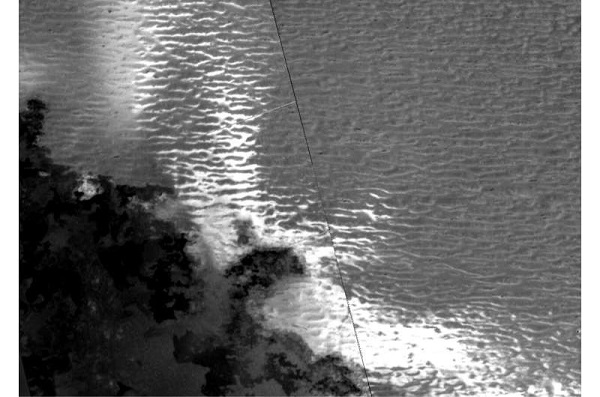New York, (Samajweekly) Scientists have long wondered how Jupiter’s innermost moon, Io, has grand meandering ridges.
Now, a research led by Rutgers University provided a new explanation of how dunes can form even on a surface as icy and roiling as Io’s.
The study, published in the journal Nature Communications, is based on a study of the physical processes controlling grain motion, coupled with an analysis of images from the 14-year mission of NASA’s Galileo spacecraft, which allowed the creation of the first detailed maps of Jupiter’s moons.
“Our studies point to the possibility of Io as a new ‘dune world’,” said first author George McDonald, a postdoctoral researcher in Rutgers’ Earth and Planetary Sciences Department.
“We have proposed, and quantitatively tested, a mechanism by which sand grains can move, and in turn dunes could be forming there,” McDonald said.
Current scientific understanding dictates that dunes, by their nature, are hills or ridges of sand piled up by the wind.
And scientists in previous studies of Io, while describing its surface as containing some dune-like features, concluded the ridges could not be dunes since the forces from winds on Io are weak due to the Moon’s low-density atmosphere.
Data from the Galileo mission, which lasted from 1989-2003, revealed that volcanic activity on Io is so high that its volcanoes repeatedly and rapidly resurface the little world.
Io’s surface is a mix of black solidified lava flows and sand, flowing “effusive” lava streams, and “snows” of sulphur dioxide.
The scientists used mathematical equations to simulate the forces on a single grain of basalt or frost and calculate its path.
When lava flows into sulfur dioxide beneath the moon’s surface, its venting is “dense and fast moving enough to move grains on Io and possibly enable the formation of large-scale features like dunes”, McDonald said.
Once the researchers devised a mechanism by which the dunes could form, they looked to photos of Io’s surface taken by the Galileo spacecraft for more proof.
The spacing of the crests and the height-to-width ratios they observed were consistent with trends for dunes seen on Earth and other planets.









